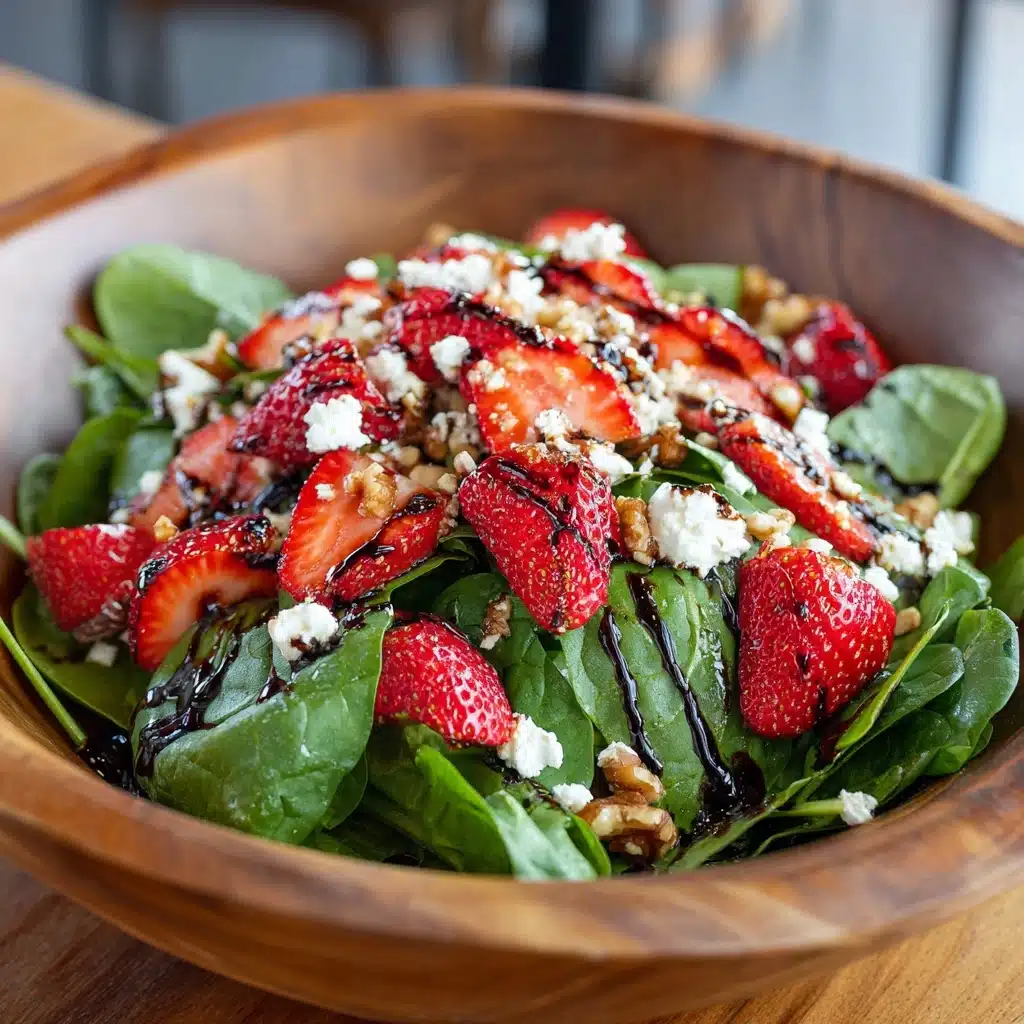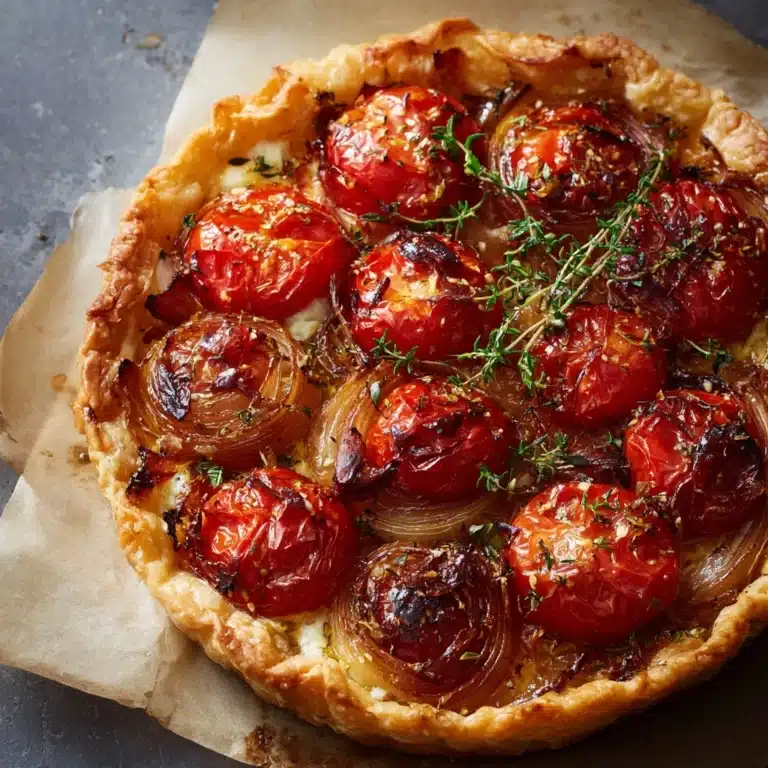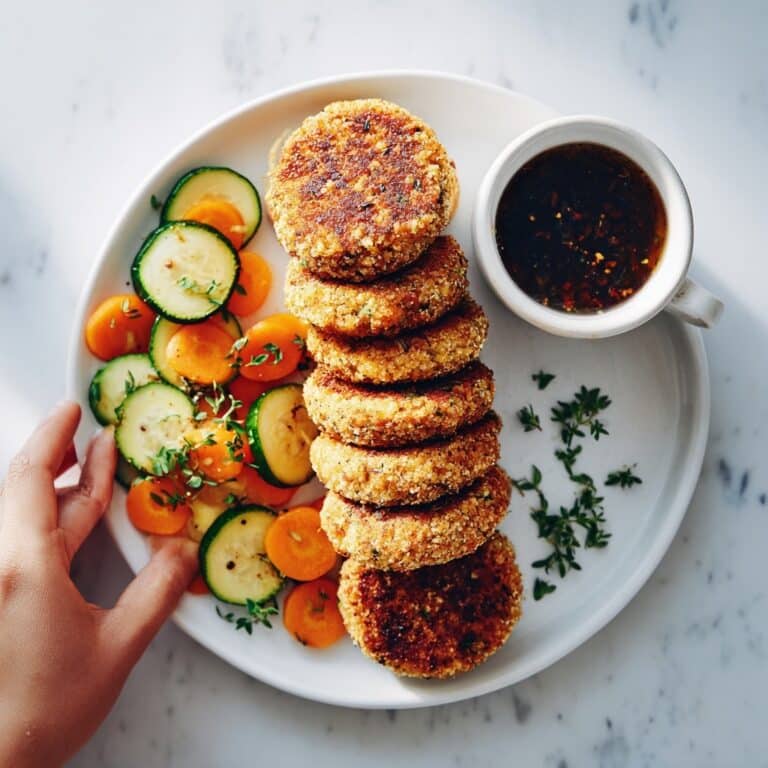There’s nothing quite like the aroma of freshly baked Soft Fluffy French Bread wafting through your kitchen! With its tender, cloud-like crumb and delicately crisp crust, this loaf is the kind of bread you want to tear into while it’s still warm, slathered with butter or dunked in soup. Whether you’re a baking beginner or a seasoned bread lover, this recipe delivers that classic French bakery magic—right from your own oven—with simple ingredients and straightforward steps. Let’s roll up our sleeves and bake some bread that’s sure to win hearts!
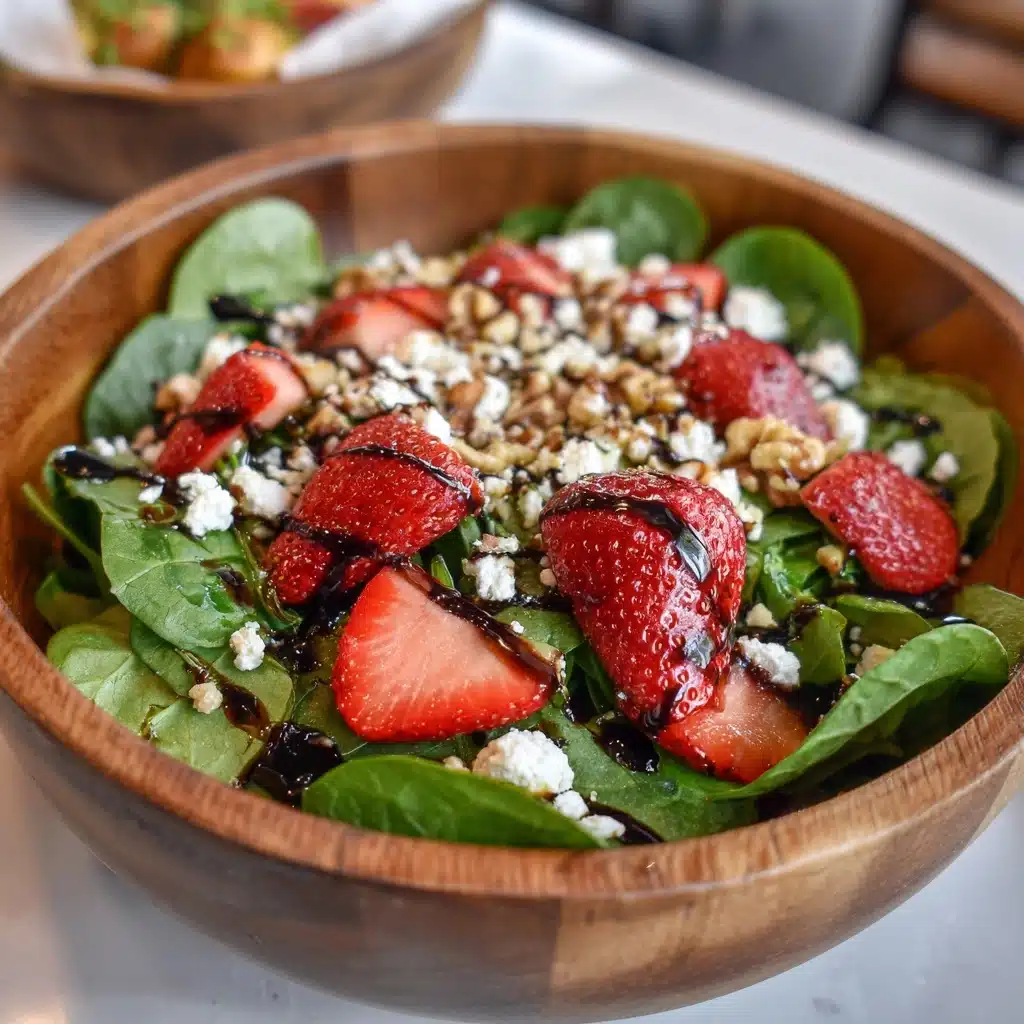
Ingredients You’ll Need
Great bread starts with the basics. Each ingredient here plays a vital role in building flavor, structure, and that irresistible texture we crave in Soft Fluffy French Bread. Don’t skip or substitute unless you absolutely have to—these are the keys to a perfect loaf!
- Active dry yeast (2 1/4 tsp / 1 packet): This is what gives your bread its beautiful rise and airy texture—make sure it’s fresh for best results.
- Warm water (1 1/2 cups, 110°F): Just the right temperature to wake up your yeast; too hot or too cold will hinder its magic.
- Sugar (2 tsp): A little sweetness feeds the yeast and gives the bread a subtle, balanced flavor.
- All-purpose flour (3 1/2 to 4 cups): This makes up the bulk of your loaf, giving it structure while keeping it soft and fluffy.
- Salt (1 1/2 tsp): Essential for flavor—don’t leave it out or your bread will taste flat!
- Olive oil (1 tbsp, optional, for brushing): For an extra soft and shiny crust after baking, a quick brush of olive oil does wonders.
- Egg white mixed with 1 tbsp water (for egg wash): This gives your loaf that gorgeous golden sheen and a more delicate crust.
How to Make Soft Fluffy French Bread
Step 1: Activate the Yeast
Start by combining the warm water, sugar, and active dry yeast in a large mixing bowl. Give it a gentle stir and let it sit for 5 to 10 minutes. You’ll know the yeast is ready when it looks foamy and bubbly—this is the sign that your Soft Fluffy French Bread will rise to the occasion! If nothing happens, your yeast might be expired, so try again with a fresh packet.
Step 2: Mix the Dough
Add 3 1/2 cups of flour and the salt to your yeast mixture. Using a sturdy spoon or your stand mixer’s dough hook, mix until a soft, shaggy dough forms. If it feels too sticky, sprinkle in a bit more flour. You’re aiming for dough that’s soft and slightly tacky, but not a sticky mess.
Step 3: Knead Until Smooth
Turn your dough onto a floured surface and get your hands involved—knead for about 6 to 8 minutes. As you work, the dough will become smooth, elastic, and less sticky. Add flour sparingly as needed, but avoid over-flouring; that’s the secret to Soft Fluffy French Bread with a pillowy crumb.
Step 4: First Rise
Place your kneaded dough in a lightly greased bowl and cover it with a clean towel. Let it rise in a warm spot for about an hour, or until doubled in size. This is when the yeast really works its magic, creating all those tiny air pockets that make the bread so fluffy.
Step 5: Shape the Loaf
Punch down the risen dough to release excess air. Shape it into a long, classic French loaf or divide it into two smaller baguette-style loaves—whatever suits your mood or your baking sheet! Lay them on a parchment-lined baking sheet and cover loosely for a second rise of 30 to 40 minutes, until puffy.
Step 6: Egg Wash and Score
While your loaves are puffing up, preheat your oven to 375°F. Whisk together the egg white and water for your egg wash, then gently brush it over the top of the loaf. For traditional flair, use a sharp knife to make a few shallow diagonal slashes across the top—this helps the bread expand in the oven and gives it that authentic look.
Step 7: Bake to Golden Perfection
Slide your bread into the oven and bake for 25 to 30 minutes, until the crust is a deep golden brown and the loaf sounds hollow when tapped. If you love a softer crust, brush it with olive oil as soon as it comes out of the oven. For a crustier finish, try placing a pan of hot water on the bottom rack while baking. Let the bread cool slightly before slicing—if you can wait!
How to Serve Soft Fluffy French Bread
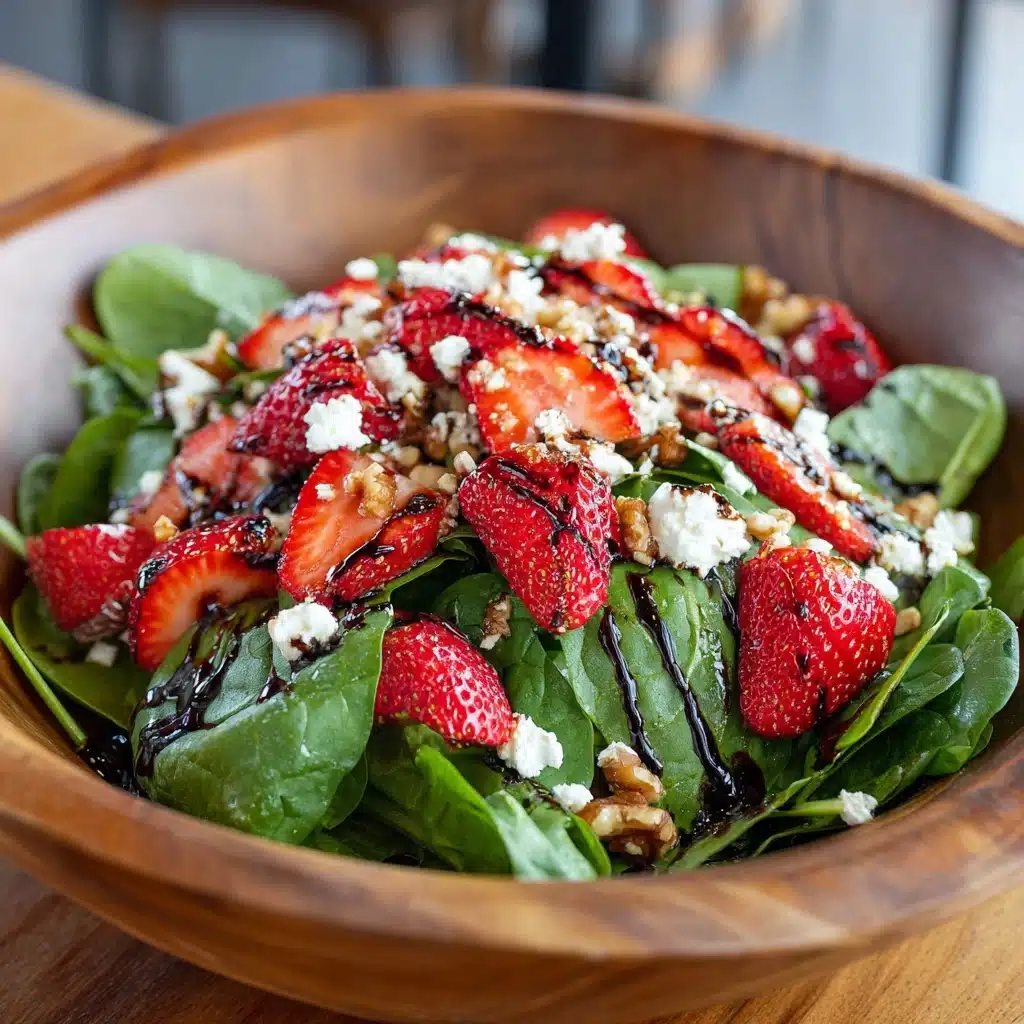
Garnishes
The beauty of Soft Fluffy French Bread is how easily it pairs with just about anything. For a classic touch, serve slices warm with creamy butter, a drizzle of olive oil, or a sprinkle of flaky sea salt. Fresh herbs, roasted garlic, or a swipe of soft cheese can take it to the next level and add a burst of color and flavor.
Side Dishes
This bread is the best friend any meal could have. Serve it alongside hearty soups and stews, crisp salads, or as a base for open-faced sandwiches. It’s especially dreamy with tomato soup or a rustic cheese board—just let everyone tear off a piece and dive in.
Creative Ways to Present
Don’t be afraid to have fun! For a party, slice the loaf into thick rounds and toast them for crostini, or cut it into cubes for a bread bowl filled with dip. Make mini loaves as edible gifts or a twist on classic bruschetta. The soft, fluffy texture holds up to all sorts of delicious toppings and spreads.
Make Ahead and Storage
Storing Leftovers
If you find yourself with extra Soft Fluffy French Bread (lucky you!), wrap it tightly in plastic wrap or place it in a bread bag. Store at room temperature for up to 2 days. Avoid refrigerating, as this can dry out your bread and make it lose that signature fluffiness.
Freezing
This bread freezes beautifully. Once cooled, wrap the loaf (or slices) tightly in plastic wrap, then foil, and store in the freezer for up to 2 months. To keep it extra fresh, you can even pre-slice before freezing so you can grab just what you need, whenever you need it.
Reheating
To bring back that fresh-baked warmth, pop slices in a toaster or the whole loaf in a 350°F oven for 10 to 15 minutes. If reheating from frozen, let it thaw at room temperature first, then warm as above—your Soft Fluffy French Bread will taste like it just came out of the oven!
FAQs
Can I use instant yeast instead of active dry yeast?
Absolutely! If you use instant yeast, you can skip the proofing step and mix it directly with the flour. Your bread will rise a bit faster, so keep an eye on the dough as it rises.
Why is my bread dense instead of fluffy?
Dense bread usually means the dough didn’t rise enough, or too much flour was added. Make sure your yeast is active and fresh, and add flour gradually while kneading—just until the dough is smooth and elastic.
How can I get a crispier crust?
For a crustier finish, place a pan of hot water on the bottom rack of your oven while baking. The steam creates a beautiful, crackly crust while the inside stays soft and fluffy.
Is it possible to make this bread vegan?
Yes! Simply skip the egg wash or use a brush of non-dairy milk instead. The loaf will still bake up beautifully golden and taste amazing.
Can I add herbs or cheese to the dough?
Definitely! Feel free to knead in fresh chopped herbs, shredded cheese, or even roasted garlic after the first mix. Your Soft Fluffy French Bread will be full of extra flavor and personality.
Final Thoughts
If you’ve never baked bread before, Soft Fluffy French Bread is the perfect place to start—it’s forgiving, wildly delicious, and guaranteed to impress. Give it a try, and you’ll find yourself reaching for this recipe every time you crave something warm, comforting, and homemade. Happy baking!
Print
Soft Fluffy French Bread Recipe
- Total Time: 1 hour 45 minutes
- Yield: 1 large loaf or 2 small loaves 1x
- Diet: Vegetarian
Description
This Soft Fluffy French Bread recipe produces a classic, tender loaf with a light, airy crumb and a golden, slightly crisp crust. Perfect for sandwiches, toast, or simply enjoyed with butter, this homemade French bread is easy to make with simple ingredients and minimal preparation time.
Ingredients
Yeast Mixture
- 2 1/4 tsp active dry yeast (1 packet)
- 1 1/2 cups warm water (110°F)
- 2 tsp sugar
Dough
- 3 1/2 to 4 cups all-purpose flour
- 1 1/2 tsp salt
Optional for Finishing
- 1 tbsp olive oil (optional, for brushing)
- 1 egg white mixed with 1 tbsp water (for egg wash)
Instructions
- Activate Yeast: In a large mixing bowl, combine the warm water, sugar, and yeast. Let it sit for 5–10 minutes until it becomes foamy, indicating that the yeast is active.
- Make Dough: Add 3 1/2 cups of flour and the salt to the yeast mixture and mix until a soft dough forms. If the dough is too sticky, add more flour gradually.
- Knead Dough: Turn the dough out onto a floured surface and knead for 6–8 minutes until smooth and elastic, adding flour as needed to prevent sticking.
- First Rise: Place the dough in a lightly greased bowl, cover it with a clean towel, and let it rise in a warm place for 1 hour or until doubled in size.
- Shape Loaf: Punch down the dough to release air and shape it into one long loaf or two smaller baguette-style loaves. Place the shaped dough on a parchment-lined baking sheet and cover again.
- Second Rise: Let the shaped dough rise for another 30–40 minutes until puffy and nearly doubled.
- Prepare for Baking: Preheat the oven to 375°F. Brush the loaf with the egg wash mixture and optionally make a few shallow diagonal slashes across the top for a classic look.
- Bake: Bake the bread for 25–30 minutes until golden brown and the loaf sounds hollow when tapped on the bottom.
- Cool: Remove from oven and let the bread cool slightly before slicing. For an extra soft crust, brush with olive oil while still warm if desired.
Notes
- For a softer crust, brush the loaf with olive oil immediately after baking.
- For a crustier exterior, place a pan of hot water on the bottom rack of the oven while baking to create steam.
- Ensure water temperature is around 110°F to effectively activate the yeast without killing it.
- You can store leftover bread wrapped in foil or a bread bag at room temperature for up to 3 days.
- For a gluten-free version, substitute all-purpose flour with a gluten-free baking mix, but texture and rise may vary.
- Prep Time: 15 minutes
- Cook Time: 30 minutes
- Category: Bread
- Method: Baking
- Cuisine: French
Nutrition
- Serving Size: 1 slice (1/12 loaf)
- Calories: 150
- Sugar: 1g
- Sodium: 230mg
- Fat: 2g
- Saturated Fat: 0.5g
- Unsaturated Fat: 1.5g
- Trans Fat: 0g
- Carbohydrates: 28g
- Fiber: 1g
- Protein: 4g
- Cholesterol: 0mg
